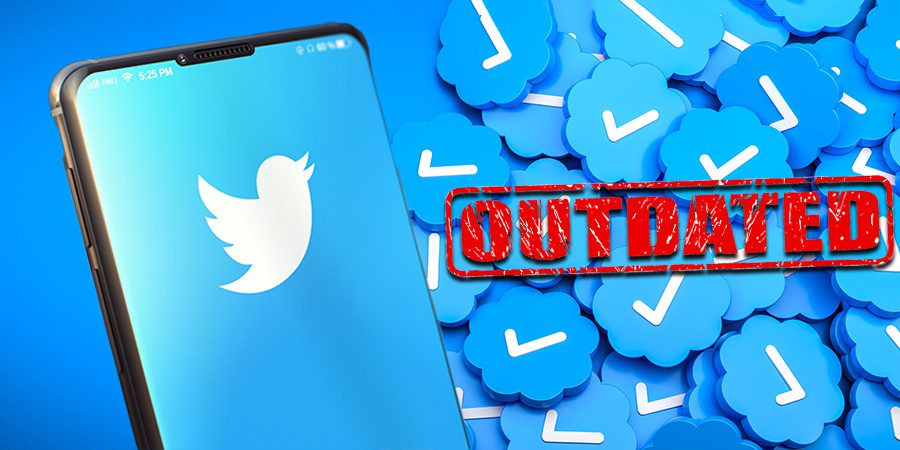In this article, we’ll explore the decision by Twitter to remove legacy blue checkmarks from user accounts on April 1st, and the implications of the change for the platform’s verification system.
Key Takeaways:
-
Twitter plans to remove legacy blue checkmarks on April 1st
-
CEO Elon Musk criticized the previous verification system as corrupt and nonsensical
-
The new Twitter Blue subscription model offers checkmarks for a monthly fee
-
Other checkmark colors are available to denote different account types
-
The removal of legacy checkmarks coincides with the global rollout of Twitter Blue subscriptions
On April 1st, we will begin winding down our legacy verified program and removing legacy verified checkmarks. To keep your blue checkmark on Twitter, individuals can sign up for Twitter Blue here: https://t.co/gzpCcwOpLp
Organizations can sign up for https://t.co/RlN5BbuGA3…
— Twitter Verified (@verified) March 23, 2023
Twitter’s Shift Away from Legacy Checkmarks
Twitter has chosen April 1st, a day commonly known for pranks and hoaxes, to begin the removal of legacy blue checkmarks from its platform.
Although the date may suggest a joke, Twitter has been signaling this change for several months.
Elon Musk, CEO of Twitter, stated in December that the company planned to remove legacy checkmarks due to the flawed and illogical nature of the original verification system.
The New Verification Model
Previously, Twitter used blue checkmarks to verify the authenticity and notability of individuals and entities on the platform. These checkmarks were granted for free.
In contrast, the new Twitter Blue subscription model offers users the opportunity to purchase a blue checkmark for $8 per month ($11 for iOS and Android signups).
Other checkmark colors and badges are available for accounts representing businesses or governments.
Twitter Blue subscribers also gain access to additional features such as fewer ads, prioritized ranking in conversations, bookmark folders, and extended tweet capabilities.
The Potential Impact on Legacy Verified Users
Legacy blue checkmark holders have been receiving notifications about the upcoming change, suggesting that their accounts may no longer be considered notable.
It remains to be seen whether the removal of these checkmarks will lead to confusion or reduced credibility for affected users.
Some speculate that the announcement’s timing could be a trolling attempt by Musk, given his penchant for humor and the coinciding date of April Fools’ Day.
Uncertainty Surrounding Twitter’s Promises
While Twitter has announced its intention to remove legacy checkmarks, the platform has a history of unfulfilled promises.
Musk previously announced a revenue-sharing program in February that has yet to materialize, and an earlier deadline for open-sourcing Twitter’s code was missed.
This pattern of unmet commitments has led some to question whether the removal of legacy checkmarks will indeed occur as planned.
Conclusion
Twitter’s decision to retire legacy blue checkmarks on April 1st is part of a broader shift in the platform’s verification system.
The new Twitter Blue subscription model offers an updated approach to verification, while also providing additional features to subscribers.
However, the potential impact on legacy verified users and the uncertainty surrounding Twitter’s promises have raised questions about the actual implementation of this change.
 Sections of this topic
Sections of this topic
















